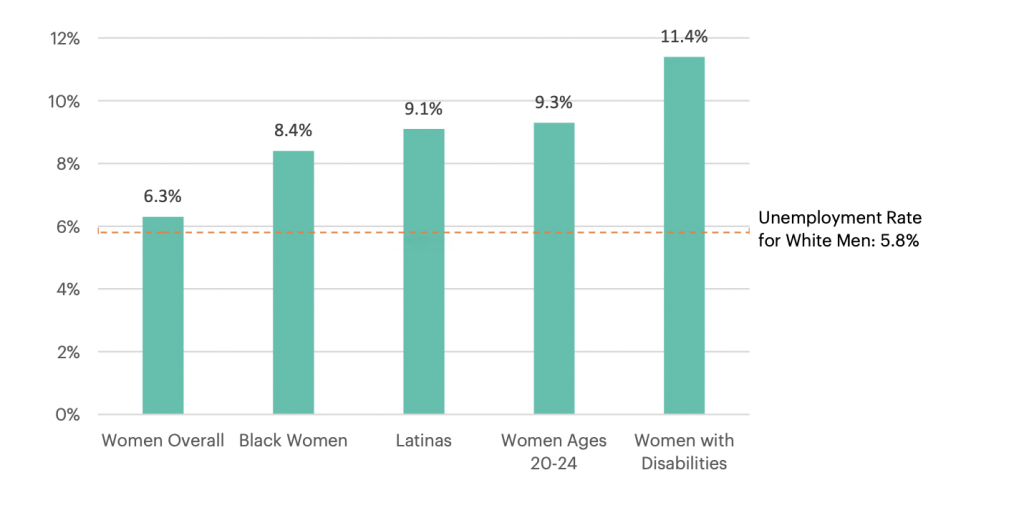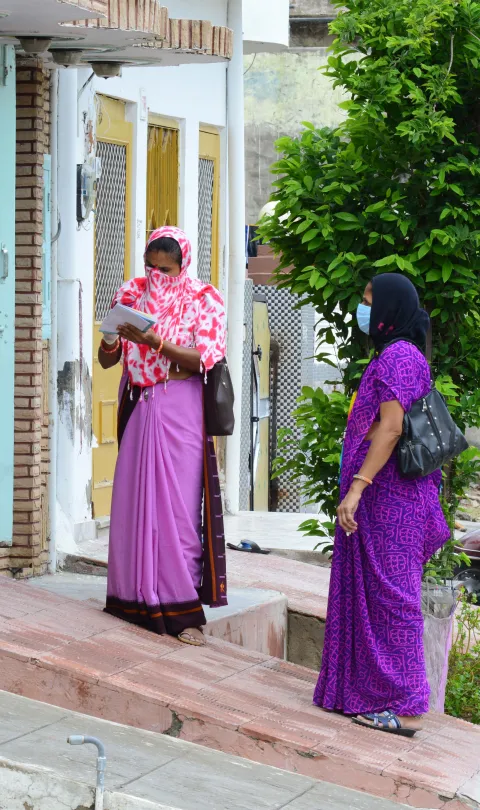From sexist and racist algorithms built on biased data, to the sobering reality that women and children’s deaths are less likely to be counted in many countries, we know that data often replicates real-world discrimination and inequalities. Skewed data sets inject bias even before they are used, so we need to think deeply about how to build inclusive data systems from the outset. The choices we make on the language included in surveys, the methods used to collect and analyze data, and the population groups considered, all dictate whether the resulting data helps unpick structural inequalities, or obscure and strengthen them.
Data can be put to powerful use to uncover inequities, measure disparities and unravel harmful stereotypes. But data only serves to illuminate uncomfortable truths and drive change if we choose an inclusive approach to data that avoids replicating biases.
That’s why #ChoosetoChallenge, the theme of this year’s International Women’s Day, should strongly resonate with the data community. In all corners of the world, we still lack quality data on the lives of women. This has been emphasized during the pandemic, with many countries unable to generate sex-disggregated data on Covid-19. Disaggregating data by sex is an important first step, and is essential to identifying, understanding, and addressing the numerous ways in which gender inequalities impact women’s lives and opportunities. But sex disaggregation alone isn’t enough.
Data reveals the disproportionate effect of the COVID-19 pandemic on women in the US. All of the 140,000 net jobs lost from the US economy in December were held by women. Women lost 156,000 jobs while men gained 16,000 jobs. This stark fact hides deeper racial and disability inequalities: 9.1% of Latinas and 8.4% of Black women were unemployed, compared to 5.7% of White women. 11.4% of women with disabilities were unemployed. What this data still misses is how these groups overlap and face even higher barriers to employment - what is the unemployment rate for black women with disabilities?

Women are not a homogenous group defined solely by their gender. This may sound obvious, but many data sets don’t reflect this fact. To depict the nuances of women’s lives, we need to factor in multiple dimensions of identity into data collection, analysis, and use - and look at how they overlap and intersect to create and compound disadvantages.
Intersectionality describes the connected and cumulative nature of systemic oppression, and how different aspects of one’s identity, such as gender, race, or class, can mutually strengthen or weaken each other under certain circumstances. Since Kimberlé Williams Crenshaw coined the term intersectionality, the theory has gained momentum with policymakers, evolving to encompass a broader range of characteristics, including race, gender, sex, sexuality, class, ability, migration status, and religion.
Inclusive Data Charter (IDC) Champions are embracing these issues and exploring them in different combinations and contexts. The IDC’s recent side-event at the UN Statistical Commission saw Champions share practical reflections on how to drive intersectional approaches to data.
Despite growing awareness, there are challenges and complexities involved with putting this approach into practice and key questions remain unanswered:
- How do we increase political will to adopt intersectional approaches to data and unlock adequate resources?
- How do we decide which disaggregation dimensions are relevant in a specific context?
- How do we handle contextual differences and value multiple forms and types of data that may better represent the realities that women face?
- How do we ensure marginalized groups participate and benefit from data efforts and they’re not put further at risk?
- What does it take to ensure resulting data is used to inform decision making? How do we present intersectional data?
To explore these questions across contexts and sectors, the IDC network is working together to create a series of resources - including guidance, case studies, and tools - on intersectional approaches in data. Over the coming months we will be sharing these, with the aim of deepening understanding of intersectional approaches to data and sparking debate and dialogue. Let us know if you’d like to receive these resources by signing up here.
Choosing to challenge data inequalities and biases will help to create a fairer, more equal world for all. We hope you’ll join us as we deepen the dialogue and drive action around more intersectional, inclusive data.

